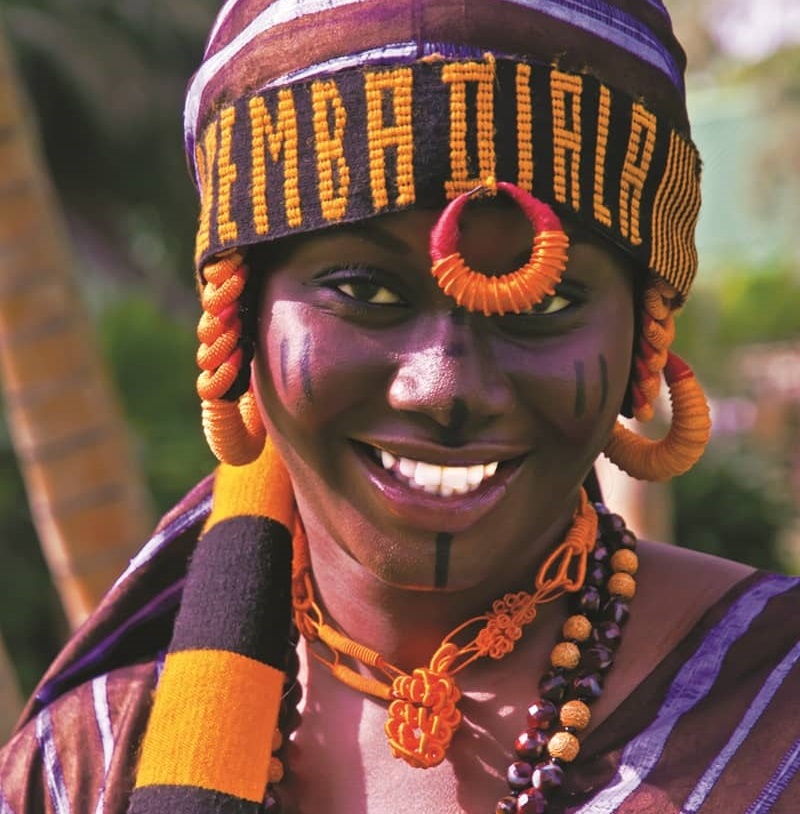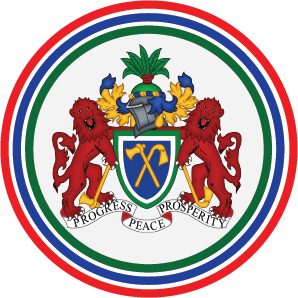The People

Population: 2,706,000
Official language: English
A variety of ethnic groups live side by side in The Gambia while preserving individual languages and traditions. The main ethnic groups are the Mandinka (also known as Mandingo or Malinke), Fula, and Wolof. The Mandinka, the largest ethnic group, make up more than 40 per cent of the country’s inhabitants. The Fula (Fulani), about 18 per cent of Gambians, predominate in the eastern part of the country. The Wolof, about 16 per cent of the people, live mainly in Banjul and the western region. Smaller groups include the Jola, who live in the western region, and the Sarahulleh, whose rulers introduced Islam into the region in the 12th century. There is also a small Creole community, the Aku, who are descended from liberated slaves and from European traders who married African women. Most of The Gambia’s people live in rural areas.
Arts and Culture

The Gambia has a strong musical tradition, often associated with weddings, feast-days such as the end of Ramadan, or Christmas. Traditional instruments include the kora (lute), bala (xylophone ), and the tama (hand-held drum). Though the majority of the population is Muslim, Christmas brings a celebration with large lanterns called fanals, often in the shape of boats or houses and intricately decorated. The fanals are paraded through the streets to singing and chanting.

